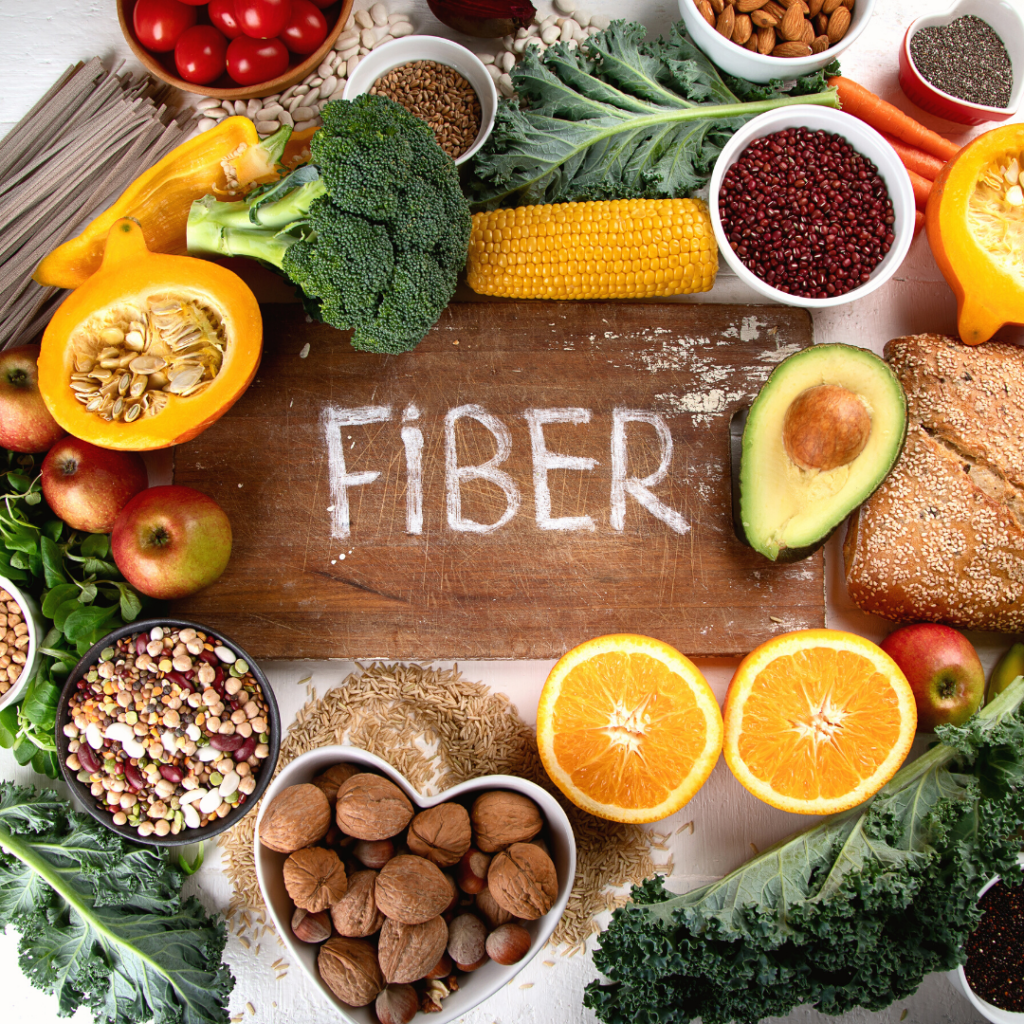
Fiber Fix is crucial for optimal digestion and overall health. However, many people struggle to get enough fiber in their daily diets. This often leads to various health issues, from digestive problems to nutrient deficiencies. This article will delve into the reasons behind this common deficiency and offer practical strategies to boost your fiber intake. We’ll explore the benefits of fiber, determine common causes of fiber deficiency, and share a scope of actionable steps to effectively address this crucial facet of your health. We’ll also cover dietary adjustments and supplemental options. The structure of this guide includes: understanding fiber’s importance, determineing potential causes of low fiber intake, practical steps to boost fiber intake, and resources for personalized strategies.
Understanding the Importance of Fiber
What is Fiber and Why is it crucial?
Fiber is an essential component of a healthy diet that helps with digestion, promoting regularity and overall well-being. It’s a type of carbohydrate that the body can’t fully digest, helping to regulate blood sugar, lower cholesterol, and keep you feeling full. This feeling of fullness is crucial in managing weight. Soluble fiber, which dissolves in water, can help lower cholesterol levels, while insoluble fiber, which doesn’t dissolve, promotes healthy bowel movements and prevents constipation. Fiber’s function extends beyond simple digestion; it plays a critical function in nutrient absorption and maintaining a healthy gut microbiome. It’s crucial to ensure proper nutrient absorption throughout your digestive system to support overall bodily functions and health.
determineing Potential Causes of Low Fiber Intake
Busy Lifestyles and Poor Food Choices
In today’s fast-paced world, many people struggle to make healthy food choices due to limited time or accessibility. Processed foods, which are often lacking in fiber, are a common part of a modern diet. Pre-packaged meals and fast food options may not offer the necessary nutrients for a balanced intake. Another cause is the hectic lifestyle, often characterized by a lack of time to prepare nutritious meals at home, which can outcome in a neglect of essential nutrient intake.
Practical Steps to Boost Fiber Intake
Gradual Changes for Sustainable outcomes
Increasing fiber intake shouldn’t be a drastic change but a gradual one for sustained outcomes. Start by incorporating fiber-rich foods into your existing meals rather than making significant dietary overhauls. This allows for a smoother transition and ensures you’re not overwhelmed. Gradually increasing fiber intake prevents digestive discomfort or gas related to sudden boosts. Introduce high-fiber foods such as fruits, vegetables, and whole grains into your daily routine in small increments. Gradually increasing fiber intake is far more effective than suddenly changing your diet.
Dietary Adjustments for Improved Fiber Intake
Strategic Food Swaps
Making strategic swaps in your diet is key for a higher fiber text. Swapping white bread for whole-wheat bread, or refined pasta for whole-grain pasta, significantly boosts fiber intake. Choosing fruits and vegetables over sugary snacks and drinks is another crucial step. These simple swaps can lead to significant improvements. Additionally, incorporate legumes, lentils, and beans into your diet. These are excellent sources of fiber and protein.
Related Post : The Guilt of Indulging: Responsible Practices in Nutrition Choices
Exploring Supplemental Options
Supplements for Nutritional Support
Consider fiber supplements to help boost your intake if you are unable to achieve sufficient amounts through diet alone. Consult your doctor or a registered dietitian before incorporating supplements into your regimen to ensure they align with your overall health needs. There are many types of fiber supplements available, each with its own unique properties and benefits. Choosing the right supplement is crucial to address potential digestive issues or other potential interactions with your medication.
Resources for Personalized Strategies
Consulting Professionals
To develop a personalized fiber-intake plan, consult with a registered dietitian or healthcare professional. They can offer tailored advice and monitor your progress. Your specific needs and health conditions should be taken into account when developing a personalized plan to ensure that your body is getting the right amount of fiber and nutrients.
Conclusion (placeholder – needs to match other text)
Opening (placeholder – needs to match other text)
In conclusion, achieving optimal Fiber Fix requires understanding your individual needs, practicing consistent habits, and prioritizing your well-being. By addressing these key areas, you can unlock the full potential of your body and experience lasting improvements in your health and overall well-being. Remember, a personalized approach is key to achievement! If you’re ready to take the next step, explore our resources and start your journey toward a healthier you today! Let’s work together to reclaim your well-being!